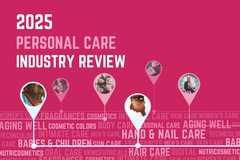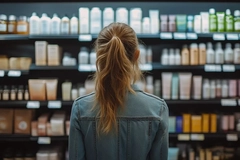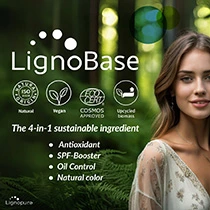P&G raises US prices to offset tariff hit while consumer frugality increases

Procter & Gamble (P&G) has announced price hikes on about a quarter of its US products, including key personal and home care brands, in response to an estimated US$1 billion cost burden from tariffs.
The decision comes as the consumer goods giant braces for continued trade volatility and attempts to safeguard margins amid uncertain economic conditions. P&G cites US President Donald Trump’s shifting tariff policies and broader economic pressures as drivers of both rising costs and changing consumer behavior.
The company expects the tariffs to impact imported materials used in its home and personal care portfolio, including tropical oils and psyllium fiber, which are used for products like Dawn dish soap.
The rise in input costs is placing pressure on P&G’s profitability. The company reported a 70-basis-point decline in core gross margin year-over-year, with 40 of those basis points directly attributed to higher tariff-related expenses.
Shoppers are becoming more selective and price-conscious, prompting P&G to rely on price increases for brands like Tide Evo laundry detergent, Dawn dish soap, and Charmin toilet paper, while navigating increased demand for value alternatives.
P&G is also undergoing a corporate restructuring that will affect how its personal and home care units operate globally. The plan includes exiting some markets, such as Bangladesh, and consolidating stock-keeping units in certain regions.
About 7,000 jobs are expected to be cut as part of this push to enhance productivity, with smaller teams managing broader responsibilities across business lines.
Tariffs trigger budget shifts
P&G is absorbing higher costs on key personal and home care production inputs, including tropical oils and psyllium fiber. A company spokesperson confirmed to Reuters that tariffs on these materials, sourced from countries like India, directly impact products.
These sourcing pressures are now prompting internal reviews of global supply chains, especially in cost-sensitive categories.
Despite consumer caution, the company believes US shoppers will continue paying higher prices for staple brands.
.jpg) P&G raises prices on staples like Tide and Dawn amid tariff-driven cost pressures.“We believe that customers will still pay up for these products,” says Kim Forrest, chief investment officer at Bokeh Capital Partners, citing brand loyalty and perceived value.
P&G raises prices on staples like Tide and Dawn amid tariff-driven cost pressures.“We believe that customers will still pay up for these products,” says Kim Forrest, chief investment officer at Bokeh Capital Partners, citing brand loyalty and perceived value.
However, P&G acknowledges the increasing trend of consumers trading down or shifting to value channels such as dollar stores and bulk retailers.
To address this dynamic, P&G balances price increases with portfolio expansion in affordable segments. The company is also reshaping its offerings in underperforming categories, including its Luvs diaper brand and parts of its feminine care line in Asia.
These moves aim to streamline operations while responding to changing regional demands and cost realities.
More bang for buck
Inflation and tariff-related price hikes are altering shopping patterns across personal care and home care categories, CFO Andre Schulten notes.
“The consumer clearly is more selective in terms of shopping behavior in our categories, and we see a desire to find value either by going into larger pack sizes in the club channel or online, or big-box retailers, or by lowering the cash outlay,” he says.
In turn, P&G is realigning its retail partnerships and promotional strategies to match these evolving behaviors.
For beauty, Olay skin care remains a critical area of focus, though it has lost some ground to competitors. Schulten emphasizes that shoppers in this category are increasingly prioritizing affordability.
While not directly tied to tariffs, Olay’s performance reflects broader consumer caution amid rising living costs.












